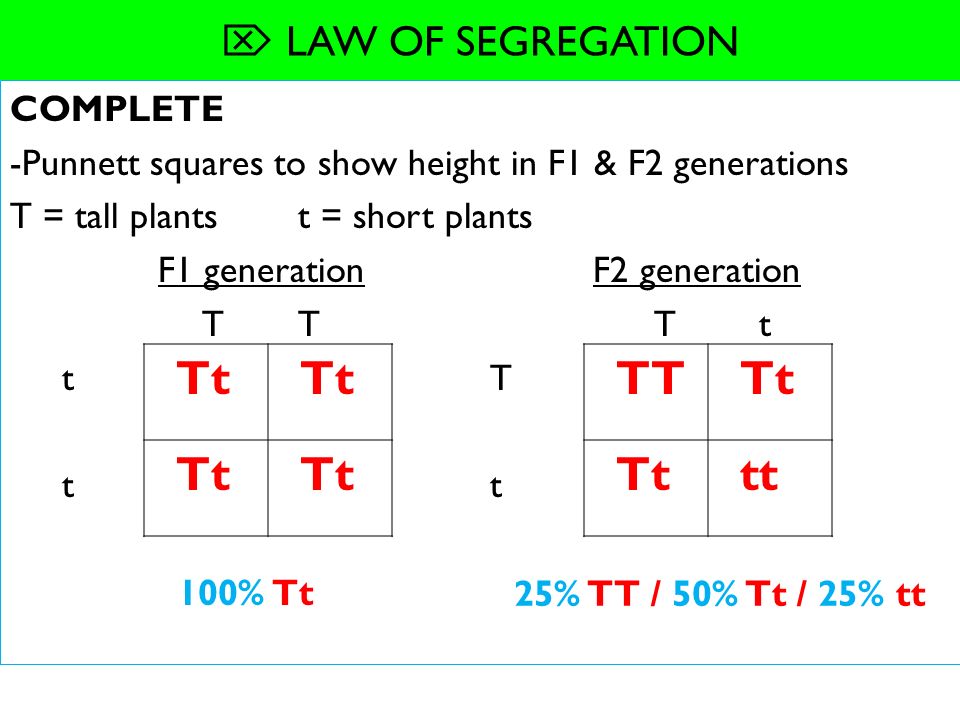PerfectDay
New member

Phylos Bioscience:
Currently the way the cannabis industry uses the term F1 hybrid is wrong. An F1 hybrid (or filial 1 hybrid) is the first filial generation of offspring of distinctly different parental inbred types. Cross-pollination involving two true-breeding, or homozygous, parents, result in an F1 generation that are homozygous and consistent in seed form. There are very few, if any, true F1 hybrids in cannabis because every modern variety is heterozygous (highly variable). The Phylos genotype test can detect the level of homozygosity or "true breeding" status in a particular genotype. So far there are no completely homozygous varieties out of the thousands of unique genotypes we have tested on the galaxy. Who will be the first to develop two individual and distinct homozygous varieties and cross breed them in cannabis has yet to be seen.
Original post was from Their IG & FB pages.
My proposal, which is up for discussion, is as follows.

Some definitions to help the discussion:
Homogeneous is used to describe a kind of mixture which is uniform in composition. Whereas homozygous is a term used to describe the genotype of a organism in case of a particular gene, when that organism has identical or same alleles(or copies) of the gene present on both(for diploid) or more (for polyploid) homologous chromosomes.
Homozygousity doesn't have to occur for every single gene in the plant, it just has to be homozygous for the traits you are breeding for, but it does mean that the specific trait you are targeting be identical across all associated diploid genes.

The basis of all of this is the individual chromosomes. Cannabis has 20 chromosomes paired off to make 10 pairs, including the sex chromosome of either XX or XY, which when combined makes up the entire genetic code for the plant. Alleles are the areas on a chromosome that have genes coding for a specific trait. The same gene code across an allele make the plant homozygous for that trait, and if the gene code is different it's heterozygous.
At the level of genetics that most cannabis breeders work at the most they can determine is if a population of plants is homogeneous, or uniform in it's phenotypes for a trait. Uniformity only requires that the population be very similar.
An individual on the original IG post stated that there were a few close to homozygous strains, so I contacted Phylos to enquire about it.
For the sake of transparency I'm including the entire email conversation, but skip to the end for the reveal.
"I was a part of the Instagram comments thread regarding F1 generation labeling accuracy. It was stated that Phylos Bioscience had found some (4 rumor had it) cultivars that were very close to homozygous, but hadn't quite achieved that status yet. I'd like to know what those cultivars are if they exist. I am asking for this information in order to educate members of the Overgrow.com forums on genetics and breeding. The knowledge that there are even a few cultivars that are closer than most others to be homozygous seems to have their attention and they are learning genetics because of it! Thank you for your assistance in this.
--
Thank you,
Sebring"
--------------------------------------------------------------------------
"Hi Sebring,
Thank you for reaching out, and for following us on social media!
We've sequenced around 4,000 varieties in our Galaxy, so I'm not sure which those are off the top of my head, but I'm going to reach out to our science team and find the answer for you. I'll be in touch very soon with more information!
All the best,
JEN HUDYMA
CUSTOMER SUCCESS SPECIALIST"
--------------------------------------------------------------------------
"Hi Sebring,
Thank you for your patience while I gathered more information on which cultivars we've sequenced are the closest to being homozygous.
Here are links to Genotype Reports for some of those submissions:
Sumatra Tuk Tuk
https://phylos.bio/sims/sample/genotype/egwxej8w
Paraguay 3 1996
https://phylos.bio/sims/sample/genotype/d8v4nn86
Nicaragua 4
https://phylos.bio/sims/sample/genotype/vgqekeg3
Thai Stick
https://phylos.bio/sims/sample/genotype/1oex01dg
Gold Colombian
https://phylos.bio/sims/sample/genotype/y8nq2rn8
These submissions are fairly homozygous, but still vary at around 5% or more of the sites we examine. You can find more information on the sites we examine through the Open Cannabis Project.
Let me know if you have any other questions!
All the best,
JEN HUDYMA
CUSTOMER SUCCESS SPECIALIST"
--------------------------------------------------------------------------
The submitters of these strains are David Watson and Ma Dang.
https://phylos.bio/org/7vodyeor/david-watson
https://phylos.bio/org/vpozxpgy/ma-dang
Ma Dang has contact info listed.
D. Watson doesn't have contact info, but I believe he is "Sam the Skunkman" and you can probably track down his contact info. @Sam_Skunkman
Be warned that because both individuals have submitted tons of samples, it's not likely that they have seeds or clones available. Although, they probably know where and if they are still available in the wild.
*If any of this information is inaccurate please let me know and I'll fix it*








